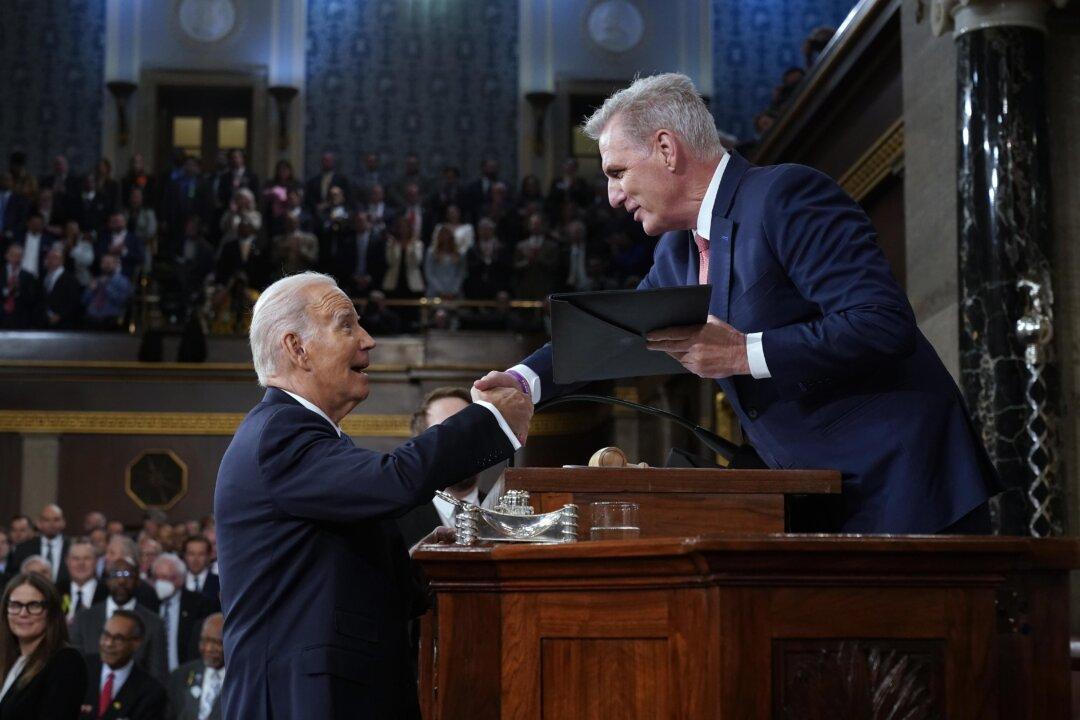The Tax Policy Center has criticized the recently passed bipartisan debt deal for failing to cut down government spending in health care and Social Security programs, warning that the country’s finances could go haywire in the future without reforms in these categories.
“This budget agreement failed to touch the major items of spending growth, health and Social Security. Both remain on an unsustainable path. Instead, it simply cut discretionary spending items, both defense and non-defense, that have already been cut significantly as a share of national income over the past few decades,” the Tax Policy Center said in a June 26 post. Social Security accounted for 19 percent of the U.S. government spending for fiscal year 2022, with health spending accounting for 15 percent, income security 14 percent, Medicare 12 percent, and education, training, employment, and social services 11 percent.





